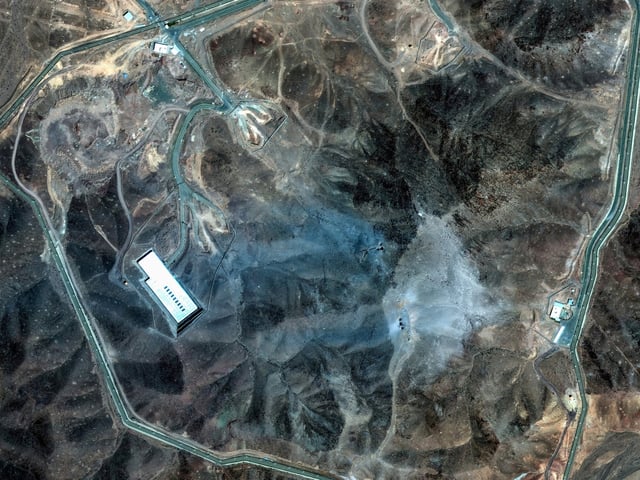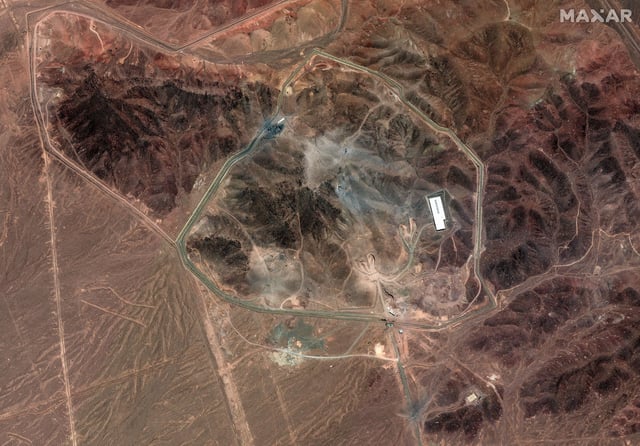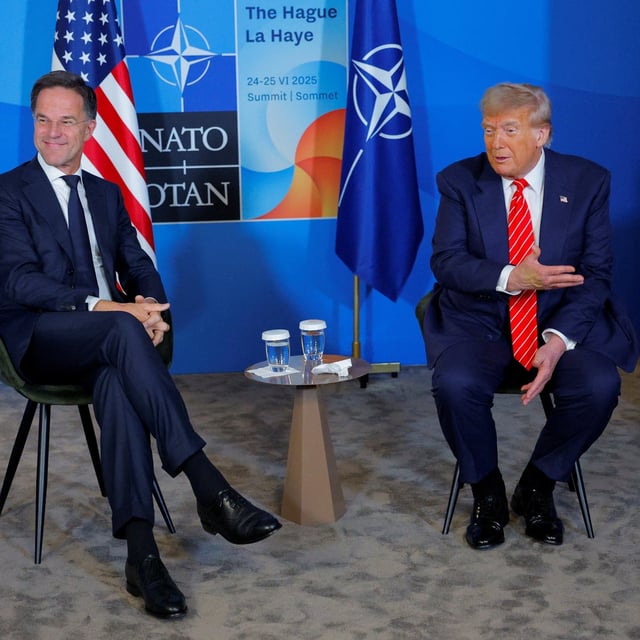Overview
- A preliminary Pentagon report from the Defense Intelligence Agency found that June 20–21 airstrikes on Fordow, Natanz and Isfahan set back Iran’s nuclear programme by only a few months.
- Intelligence assessments indicate Iran relocated about 400 kilograms of 60 percent-enriched uranium to undisclosed sites ahead of the US strikes.
- Maxar satellite imagery confirmed substantial surface damage but the International Atomic Energy Agency says it is too early to gauge underground facility breaches.
- President Trump, White House Press Secretary Karoline Leavitt and Defense Secretary Pete Hegseth have rejected the intelligence findings, insisting the nuclear sites were “completely obliterated.”
- The ceasefire between Israel and Iran brokered by Trump on June 22 remains in effect and Washington and Tehran officials are reportedly in talks on a long-term peace agreement.



